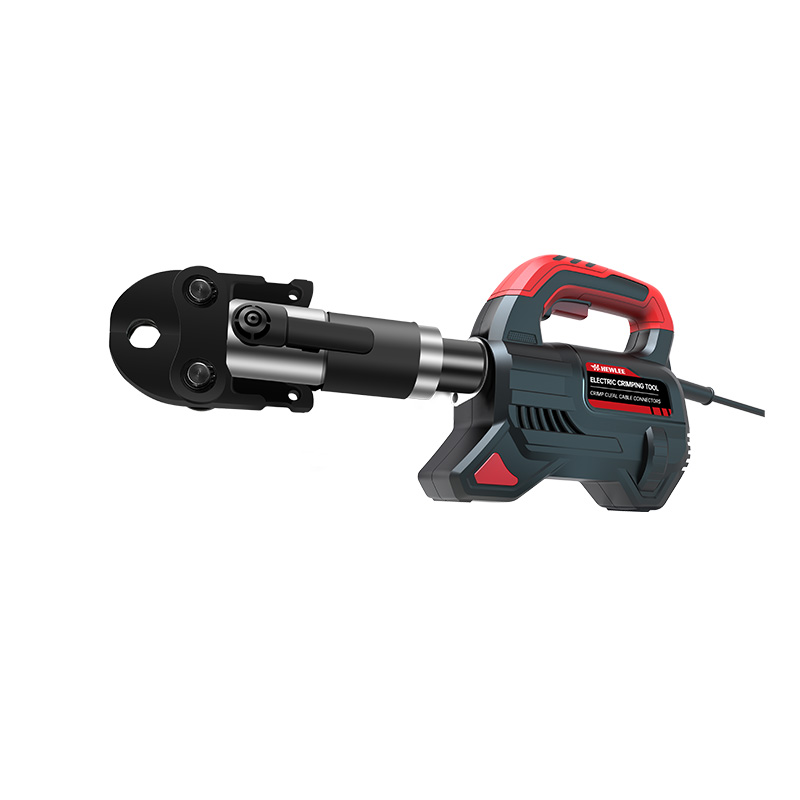The functioning principle behind pipe pressing tool is based on applying controlled mechanical pressure to deform pipe fittings and pipe ends, creating a tight seal. This method avoids the need for heat or adhesives, relying instead on physical compression to secure joints.

The tool consists of a pressing unit equipped with jaws or clamps designed to fit specific pipe diameters. When activated, the tool’s hydraulic or electric mechanism closes the jaws around the fitting, compressing it firmly onto the pipe. This action ensures the fitting’s sealing elements, often O-rings, are securely seated, preventing leaks.
Before pressing, the pipe ends and fittings must be properly prepared by cleaning and deburring to ensure the joint’s integrity. The correct jaw size must be selected to match the pipe and fitting dimensions. The operator then positions the tool, activates the press, and waits a few seconds until the cycle completes.
The process offers consistent results, as the pressing force and cycle time are pre-set within the tool. This consistency helps minimize human error and ensures long-lasting joints. After pressing, the tool is released, and the joint can be tested immediately for leaks.
Because of the controlled mechanical operation, pipe pressing tools are suitable for use in both new installations and repair work, helping professionals achieve efficient and secure pipeline assemblies.


